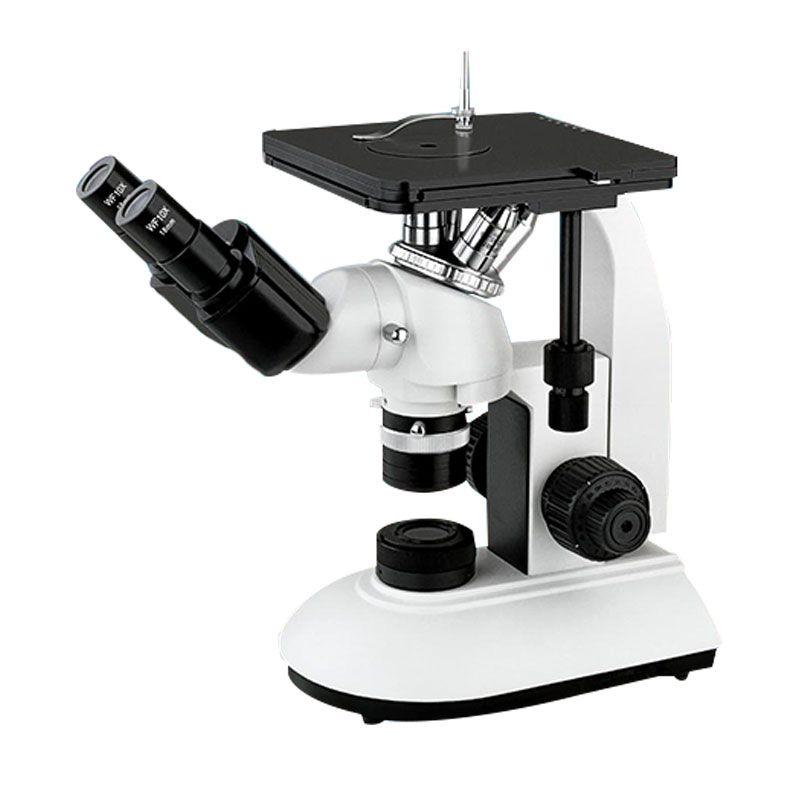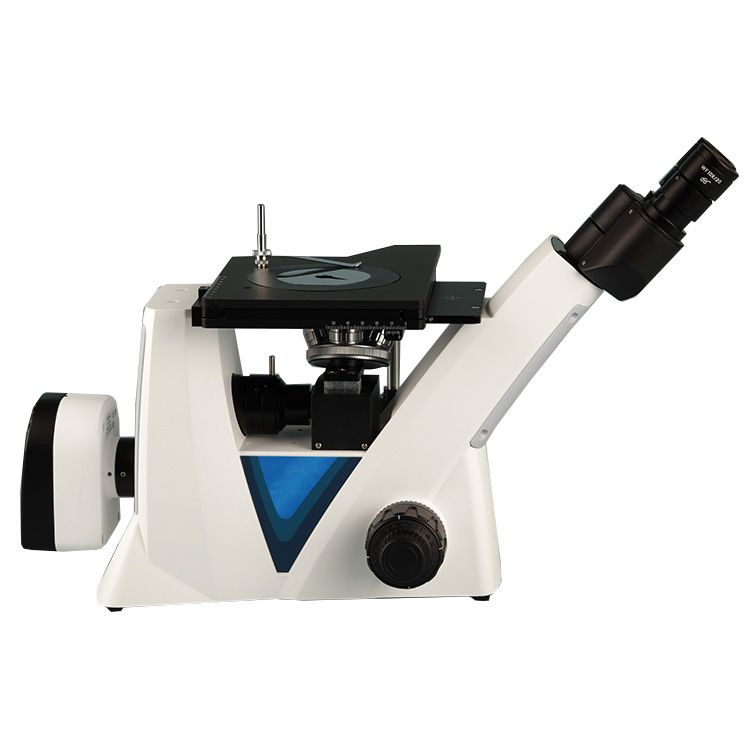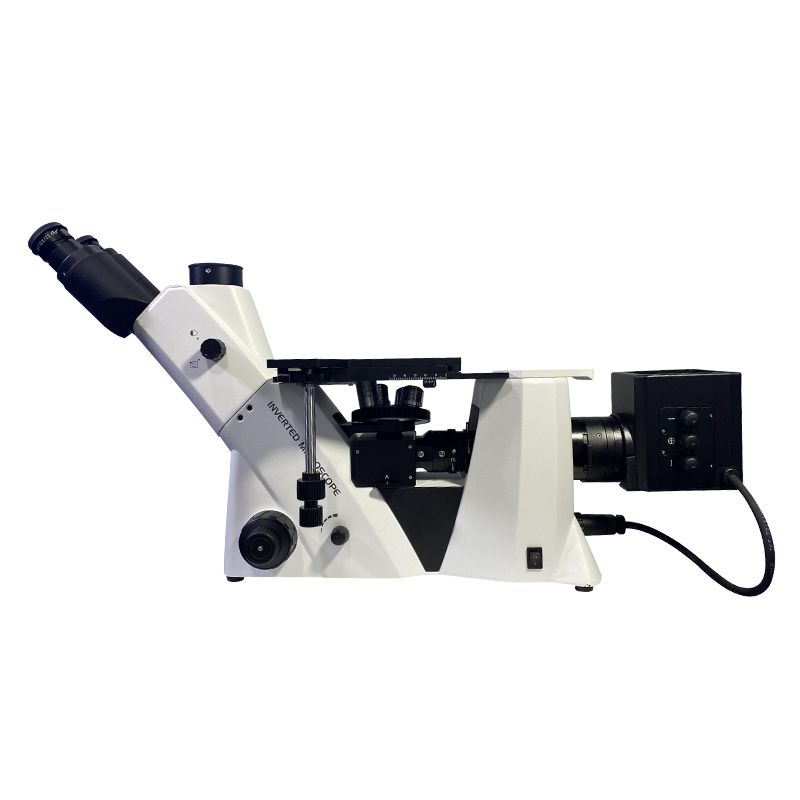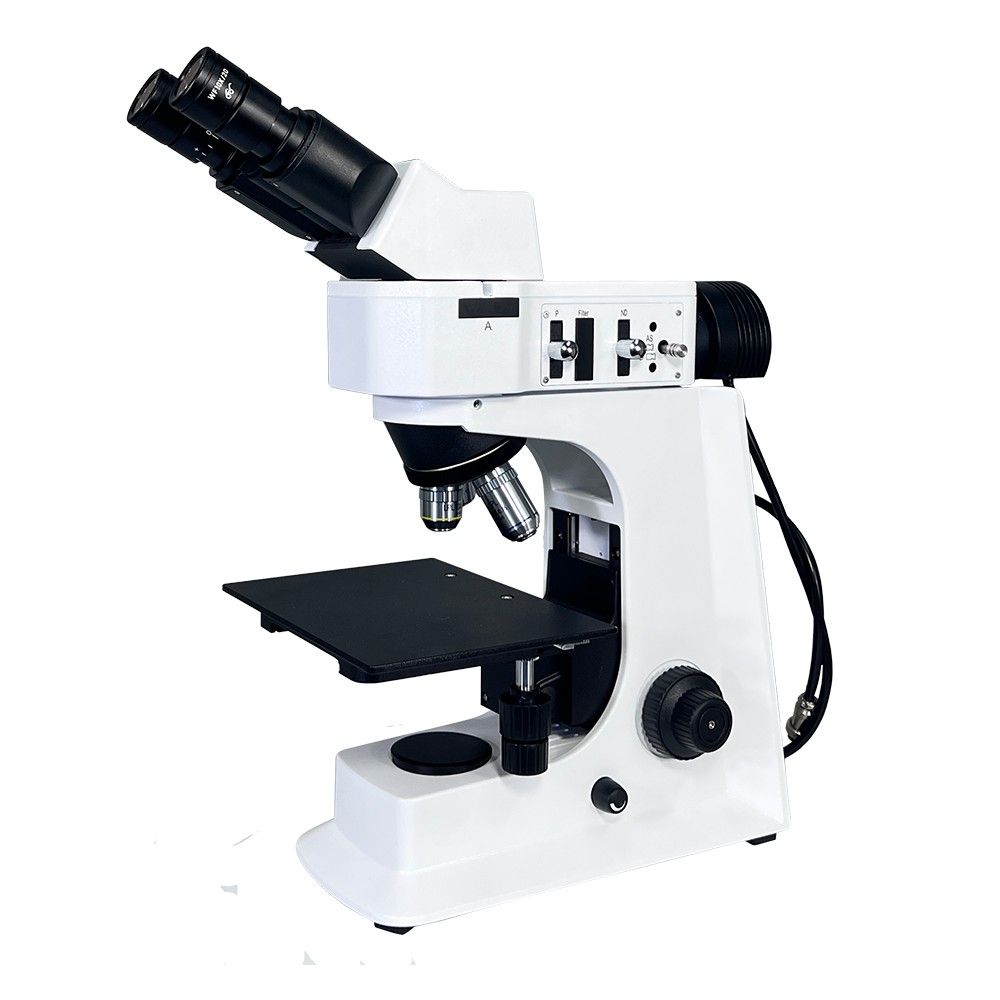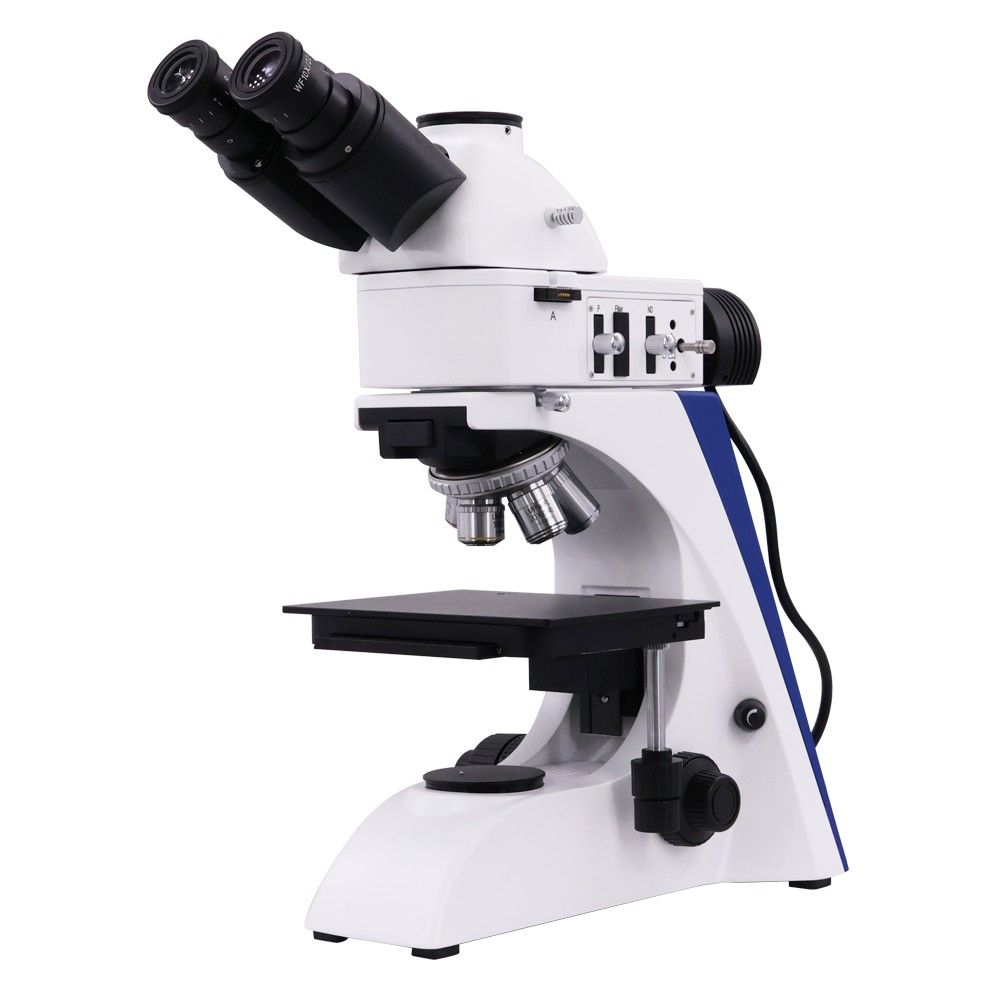The human eye has limitations. When it comes to understanding the inner workings of materials, particularly metals and alloys, we require a more powerful tool. Enter the metallurgical microscope, a reliable tool that reveals the hidden world of microstructure. Microscopes are important in many fields because they provide magnified views of a material’s internal structure. This article delves into the fascinating world of metallurgical microscopes, discussing their common applications, benefits, and important factors to consider when selecting the best one for your needs.
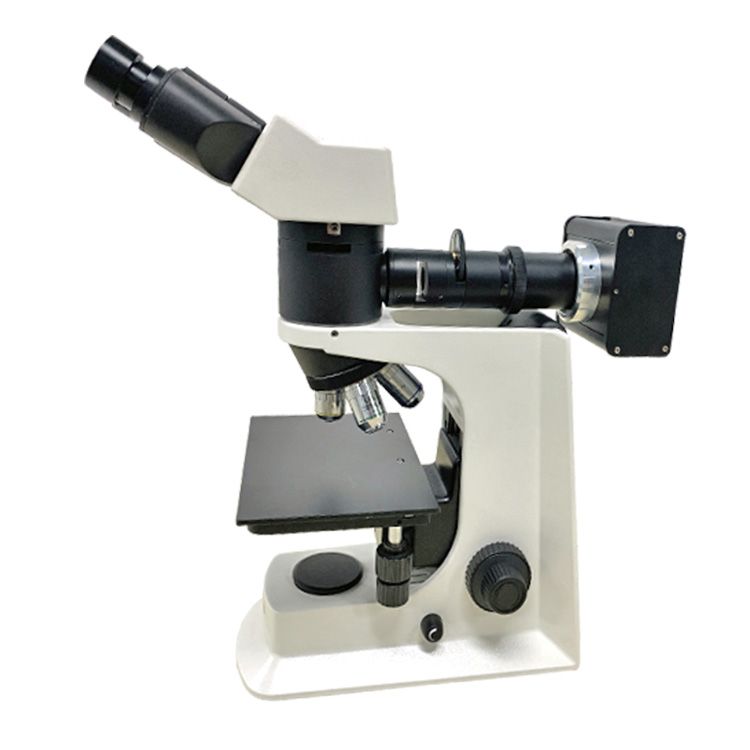
What Are the Common Applications of Metallurgical Microscopes?
Metallurgical microscopes are essential tools in many fields that rely on understanding the microstructure of materials. Metallurgical microscopes are useful in a variety of fields because they provide high-resolution magnified views of a material’s microstructure. They help to ensure material quality, investigate failures, develop new materials, and improve our understanding of material behavior. We have told the metallurgical microscope parts and functions. Here’s a detailed breakdown of their typical applications:
1. Material Inspection and Quality Control
- Metal analysis: This is their primary application. Metallurgical microscopes are essential for studying the microstructure of metals and alloys in a variety of industries, including aerospace, automotive, and construction. They aid in determining features such as grain size, phase distribution, inclusions, and defects. This information is critical for ensuring that the material has the required mechanical properties and performance standards.
- Ceramics and minerals: These microscopes are also used to study the microstructure of ceramics, rocks, and minerals in geology, material science, and engineering. They can reveal details such as porosity, mineral composition, and grain boundaries, which influence the material’s strength, wear resistance, and other properties.
2. Failure Analysis and Forensic Investigations
- Fracture analysis: When a metal component fails, metallurgical microscopy is used to investigate the fracture surface and determine the cause of failure. This could be due to fatigue cracks, stress corrosion, or improper heat treatment.
- Forensic analysis: In forensic investigations, metallurgical microscopes can help examine tool marks, analyze fragments of broken objects, and determine the origin of metallic materials to aid in crime-solving.
3. Research and Development
- Developing new materials: Researchers use metallurgical microscopes to examine the microstructure of new material formulations and determine how different processing techniques affect their properties. This allows them to create materials with greater strength, corrosion resistance, and other desirable properties.
- Thin film analysis: These microscopes are used to examine the microstructure of thin films found in a variety of applications, including semiconductors, solar cells, and microelectronics. Examining the film thickness, uniformity, and presence of defects is critical to their performance.
4. Additional Special Applications
- Electroplating and coating inspection: They can evaluate the quality of electroplated coatings based on their thickness, uniformity, and substrate adherence.
- Corrosion analysis: Examining the morphology and extent of corrosion damage on metal surfaces allows us to better understand the corrosion mechanism and develop preventative measures.
- Characterization of welds: Metallurgical microscopes analyze the microstructure of welds to ensure proper bonding and identify defects that may impact strength.
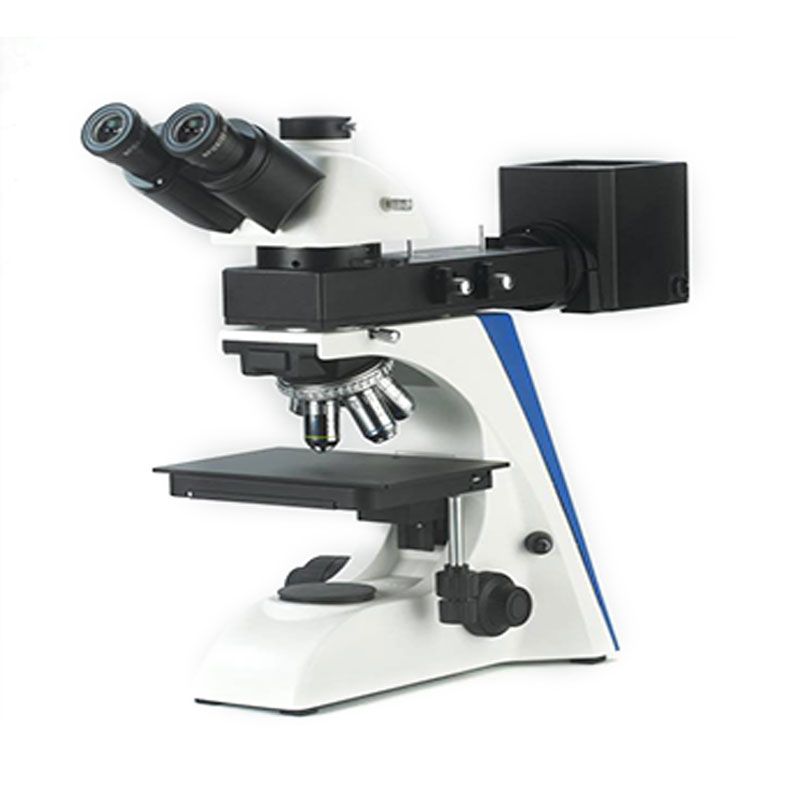
What Are the Advantages of Using a Metallurgical Microscope?
Metallurgical microscopes have numerous advantages for anyone working with metals, alloys, and other opaque materials. Their ability to reveal the hidden world of microstructure allows for a more in-depth understanding of material properties, improves quality control, aids in failure analysis, and drives material innovation. Here is a detailed breakdown of their main benefits:
1. Revealing Hidden Details
- High Magnification: Metallurgical microscopes, unlike the naked eye, can provide magnifications of 50x, 1500x, or even higher. This reveals intricate details about a material’s microstructure, such as grain size, phase distribution, inclusions, and defects that would otherwise be invisible.
2. Understanding Material Properties
- Microstructure-Property Relationship: A material’s microstructure, or the internal arrangement of grains and phases, has a direct influence on its physical and mechanical properties. A metallurgical microscope can provide valuable insights into the material’s strength, toughness, ductility, corrosion resistance, and other properties. This knowledge is essential for material selection, process optimization, and performance prediction.
3. Quality Control and Inspection
- Metallurgical microscopes can detect defects in materials such as cracks, voids, porosity, and improper grain structures. This enables early detection of potential issues during the manufacturing process, preventing defective parts from reaching the finished product and ensuring consistent quality.
- Verifying Specifications: These microscopes can be used to determine whether a material meets the grain size, phase composition, or inclusion level specifications. This ensures that industry standards are met, as well as the desired material properties.
4. Failure Analysis and Problem Solving
- Root Cause Analysis: When a material component fails, metallurgical microscopy is an effective tool for determining the cause. Examining the fracture surface can reveal features such as fatigue cracks, stress corrosion, or improper heat treatment, which contributed to the failure. This knowledge can help prevent similar failures in the future by improving material selection, processing techniques, and design considerations.
5. Research and Development
- Developing New Materials: Researchers use metallurgical microscopes to investigate the effects of various processing techniques on a material’s microstructure. This enables them to create new materials with precisely tailored properties for specific applications. For example, they can optimize grain size to increase a metal’s strength or control phase distribution to improve corrosion resistance.
- Understanding Material Behavior: Scientists can learn more about a material’s behavior by observing how its microstructure changes under different conditions. This knowledge can be used to create new material models, predict performance under different stress conditions, and improve material selection for a variety of applications.
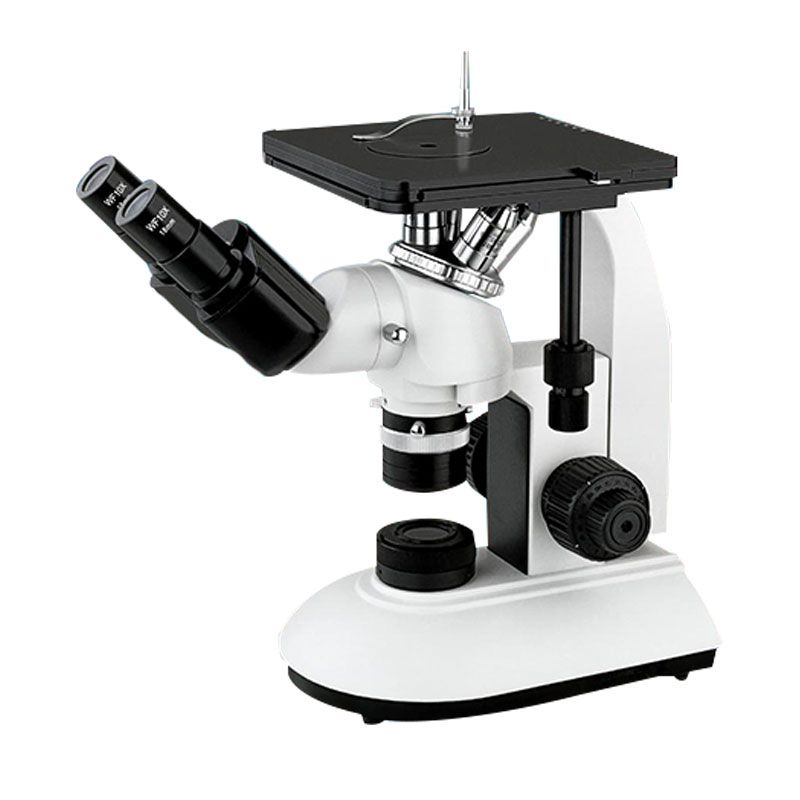
What Are Some Things to Consider When Choosing a Metallurgical Microscope?
Choosing the right metallurgical microscope is critical for producing high-quality images and carrying out accurate analyses. Here’s a comprehensive table summarizing the main factors to consider when making your decision:
| Factor | Description |
| Magnification | Determine the appropriate magnification range for your specific applications. Consider the size of the microstructural features you wish to observe. |
| Resolution | Higher-resolution microscopes produce sharper images and enable more detailed analysis. However, they may be more expensive. |
| Illumination | Choose between Köhler illumination for bright, even lighting and LED illumination for increased energy efficiency and bulb life. |
| Objectives | Choose objective lenses with the right magnification and numerical aperture (NA) for your needs. Plan achromatic objectives are of good quality and reasonably priced, whereas Plan fluorite and Plan apochromatic objectives provide the best resolution and color correction. |
| Stage | Consider the stage’s size, movement range, and ability to accommodate various sample sizes and shapes. |
| Camera | If you intend to photograph or record videos, select a microscope with a compatible camera system. Consider the resolution, sensor size, and image processing capabilities. |
| Software | If you need image analysis capabilities, select a microscope that is compatible with image analysis software. Consider the following features: grain size analysis, phase identification, and porosity measurement. |
| Ergonomics | Make sure the microscope is comfortable to use over time. Consider the eyepiece height, stage controls, and overall design. |
| Budget | Create a realistic budget and compare prices from various manufacturers. Consider each microscope’s value proposition and suitability to your needs. |
| Brand Reputation | Select a microscope from a reputable manufacturer known for producing high-quality instruments and providing excellent customer service. |
| Warranty | Check the warranty terms and conditions to ensure that you are covered in the event of any defects or malfunctions. |
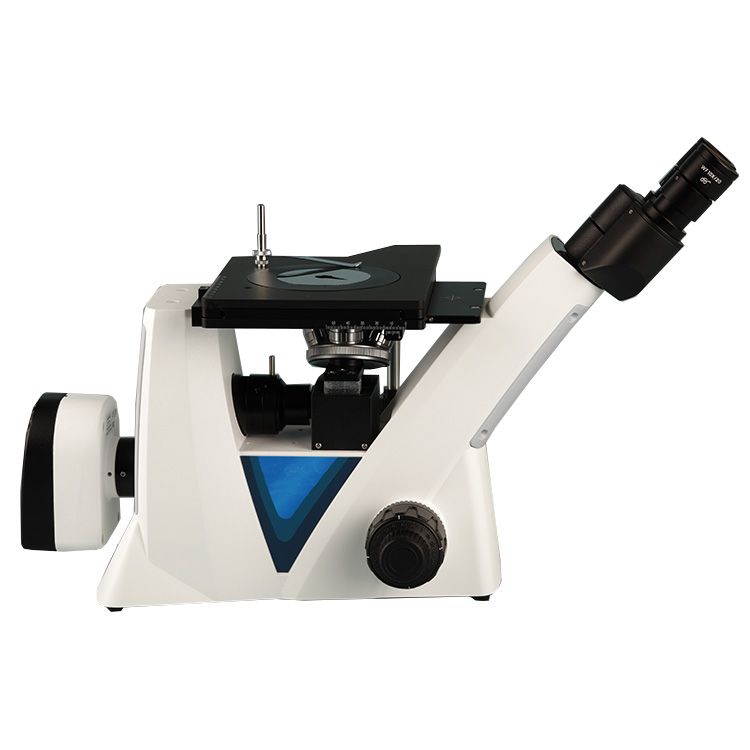
Conclusion
Metallurgical microscopes are more than just magnifying glasses; they are powerful tools that bridge the gap between the macroscopic world we see and the microscopic world that determines a material’s properties. Their applications span a wide range of industries, from ensuring material quality in manufacturing to assisting with new material research and development. By understanding the benefits they provide and carefully considering factors such as magnification, resolution, and budget, you can choose the best metallurgical microscope to gain valuable insights into the microstructure of your materials, resulting in better material selection, process optimization, and innovation.
